Improved Healing
The clinically tested mixture of 10:1 diosmin and hesperidin helps speed
leg ulcer healing. Some people experience complete healing along with
standard ulcer care, which typically includes compression stockings, leg
elevation and local wound care. One study found that the mixture
improved time to complete healing (16 vs 21 weeks), but that it took
about 8 weeks to show favour for the mixture vs. the control group. A
meta-analysis found that within 6 months, those being treated with a
diosmin and hesperidin mixture had a 32% improved chance of complete
healing from skin ulcers, and that the healing process was shortened by 5
weeks. It also suggested that this treatment was most effective for
ulcers with a size between 5-10 cm2 and that had been present for 6-12
months, and it has been suggested that standard ulcer care may be
sufficient for small or new ulcers.
Quality of Life
More subjectively but equally as important for those suffering from CVI,
treatment with the 10:1 mixture of diosmin and hesperidin and its
results also improved the subjects’ quality of life scores.
Mechanisms of Action
Anti-inflammatory and venous tone: Studies have
measured many physiological changes that occur with the treatment of
diosmin and hesperidin. The generally accepted mechanisms of action
include anti-inflammatory effects and improved venous tone.
Calcium regulation: One study found that the mixture
increases calcium sensitivity of vascular smooth muscle, improving
contractions and tension in the veins. Calcium is vital in regulating
muscle contractions, and blood vessels are a type of muscle.
Antioxidant and adhesion molecules: Another study
also found that the mixture inhibits free radical and prostaglandin
synthesis, reduces microvascular leakage, and reduces leukocyte
activity, trapping and migration.
Hypoxia and inflammation: Venous blood does still
contain some oxygen, just enough to supply the cells of the veins to
function since they require oxygen just as much as any other cell. In
CVI, blood pooling results in reduced blood flow, which means that less
oxygen is reaching the venous cells and the surrounding tissues such as
skin and fat cells. This then results in a drop in energy (ATP)
production by these cells, resulting in the vicious cycle of
inflammation and further injury. The diosmin and hesperidin mixture
improves microcirculation, oxygen partial pressure (PO2) in the blood
and oxygen saturation, and decreases carbon dioxide partial pressure
(PCO2). It also helped reduce the drop in ATP production by the venous
cells, reducing the perpetuation of inflammation and damage.
Other benefits of diosmin: Diosmin is known to be a
phlebotonic and has been shown to reduce lymphedema and limb volume and
increases lymphatic drainage. Diosmin decreases red blood cell
aggregation, which can help improve blood flow and capillary filtration
in diabetes. It also reduced HbA1c (a blood glucose measure that is used
to assess diabetic severity) and increased glutathione peroxidase
(antioxidant) levels. This is excellent news for those struggling with
the side effects of diabetes! Diosmin has also been shown to have
chemopreventive and antiproliferative effects in animal and in vitro
studies.
Grape Seed Extract for CVI
Grape seed extract is an antioxidant, protecting vessels from injury and from the furthering of CVI complications. It may also help
maintain a healthy blood pressure and reduce edema. Since the presence
of skin ulcers is directly proportional to venous pressure, improving
venous blood pressure may help reduce skin ulcers.
One study administered 100 mg a of grape seed extract per day and
found symptom improvements in 80% of subjects in as little as 10 days,
including itching, heaviness, pain, and edema. Itching disappeared in
80% of patients. Pain disappeared in 53% of patients.
Safety and Toxicity
Animal studies showed no toxicity after 26 weeks of
supplementation of a mixture of 90% diosmin and 10% hesperidin with
doses of 35 times that recommended.
A mixture of diosmin and hesperidin taken by pregnant and nursing
women for hemorrhoids did not affect fetus. However, consulting a health
care professional in pregnancy and nursing is still recommended.
Diosmin may inhibit CYP 450 (phase I enzymes), so be careful in
taking this product with drugs. No adverse events with blood thinning
medications have occurred, but diosmin does have a slight blood thinning
effect.
Varicose veins are primarily treated with
lifestyle changes including diet, by wearing compression garments and
avoiding prolonged periods of sitting. Certain medical procedures such
as vein removal and closure of the vein are also used. The goals of
these treatments are to relieve the sometimes painful symptoms, prevent
complications, and improve appearance of the veins.
AOR VeinEase
Daflon 500 is a drug sold in other countries that
combines a 10:1 ratio of diosmin and hesperidin. VeinEase is unique in that it combines this clinically tested combination and ratio of diosmin
and hesperidin with grape seed extract, which is traditionally used in herbal medicine to help treat CVI. VeinEase uses 100% natural
ingredients.
Bergan JJ, Schmid-Schönbein GW, Takase S.
Therapeutic approach to chronic venous insufficiency and its
complications: place of Daflon 500 mg. Angiology. 2001 Aug;52 Suppl
1:S43-7.
Costantini A, De Bernardi T, Gotti A. Clinical and
capillaroscopic evaluation of chronic uncomplicated venous insufficiency
with procyanidins extracted from vitis vinifera. Minerva Cardioangiol.
1999 Jan-Feb;47(1-2):39-46.
Jantet G. Chronic venous insufficiency: worldwide results of the
RELIEF study. Reflux assEssment and quaLity of lIfe improvEment with
micronized Flavonoids. Angiology. 2002 May-Jun;53(3):245-56.
Monograph. Diosmin. Altern Med Rev. 2004 Sep;9(3):308-11.
Nicolaides AN. From symptoms to leg edema: efficacy of Daflon 500 mg. Angiology. 2003 Jul-Aug;54 Suppl 1:S33-44.
Smith PC. Daflon 500 mg and venous leg ulcer: new results from a meta-analysis. Angiology. 2005 Sep-Oct;56 Suppl 1:S33-9.
A.O.R Advanced Orthomolecular Research Brand -AOR brandClick here for more information: Manufacturer’s Website
AOR Webinar Series


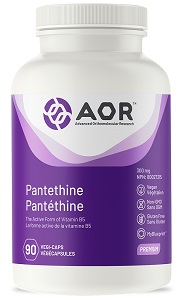
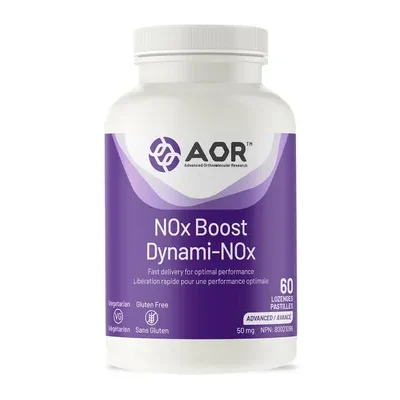
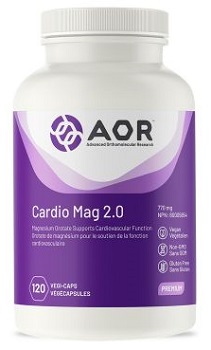
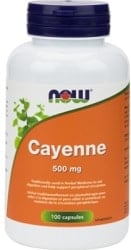

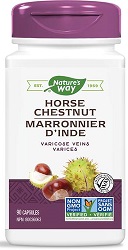
What others are saying
There are no contributions yet.